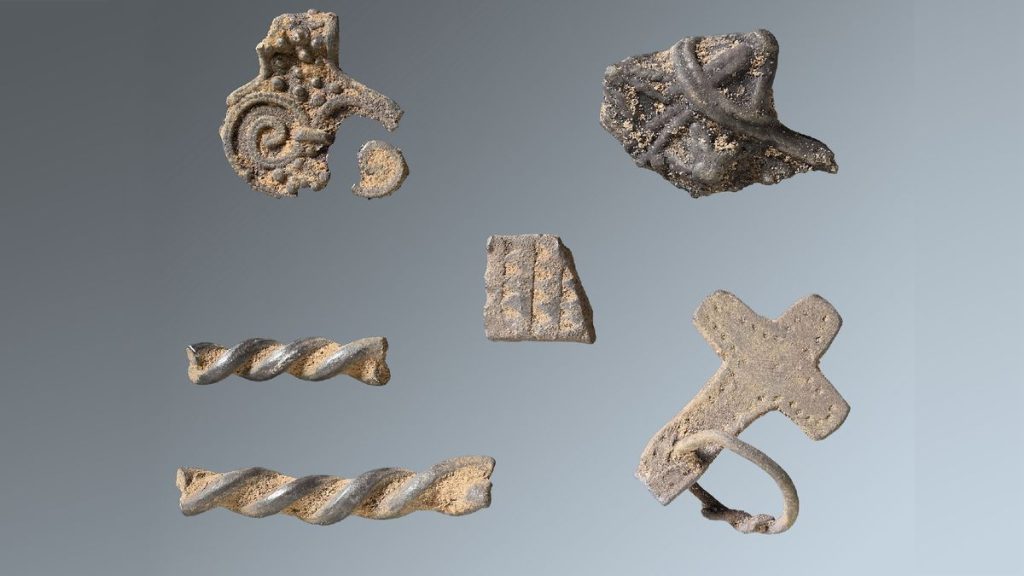
Get the Popular Science daily newsletter💡
Breakthroughs, discoveries, and DIY tips sent every weekday.
Fast food didn’t start with McDonald’s—quick, convenient meals have been a dietary staple of busy societies for millennia. Across the Roman empire, roadside shops known as popinae and tabernae often served up inexpensive, affordable dishes to hungry locals and travelers alike. But after scouring ancient garbage piles near one such popina in Mallorca, Spain, archeologists are better understanding how certain entrées transcended class divisions more often than previously thought. According to findings recently published in the International Journal of Osteoarchaeology, Roman commoners frequently enjoyed dining on thrushes—small songbirds once thought to be a luxury dish.
Birds were prominent figures in ancient Rome. Certain owls and eagles were considered powerful divinatory omens, while smaller avian species like thrushes were popular as both pets and meals. In the latter case, however, ancient texts suggest thrushes were primarily eaten by wealthier Romans.
“Classical sources frequently describe these small birds as a delicacy served in elite banquets, often prepared with elaborate culinary techniques,” the study’s authors write. They also cite recipes documented by Pliny the Elder and Apicius that described fattening songbirds with figs before roasting and serving them with complex sauces.
These assumptions were recently challenged by finds at an excavation in Mallorca, Spain. There, archeologists from the Mediterranean Institute for Advanced Studies (IMEDEA) uncovered a large cesspit beside a roadside popina snack bar. The building also featured six amphorae (large vats) embedded in its countertop in a configuration like the one seen in Pompeii’s famous street food court, or thermopolia.
Amid the refuse were 165 thrush bones alongside other common food remains like sea shells as well as fish and pig bones. The condition of the songbirds’ broken bones suggest that they were flattened and cooked whole with oil in the amphorae. In addition to the thrushes, archeologists also documented remains from domesticated chickens and European rabbits. These point to a wider menu tailored to everyday customers. Taken altogether, it appears that thrushes were served up similar to today’s sports bar chicken wings.
The food shop in Mallorca isn’t the only example of deep-fried songbirds across Rome. As Arkeonews notes, additional finds in Pompeii and Britain indicates a widespread culture of ancient Roman fast food.
“Thrushes, though a minor component of the Roman diet compared to livestock, represent an important facet of urban food consumption,” the study’s authors conclude. “Ultimately, this research highlights the need to move beyond elite-centric narratives and consider the diverse ways in which food practices shaped the lived experiences of ancient urban communities.”

More deals, reviews, and buying guides
The PopSci team has tested hundreds of products and spent thousands of hours trying to find the best gear and gadgets you can buy.
























